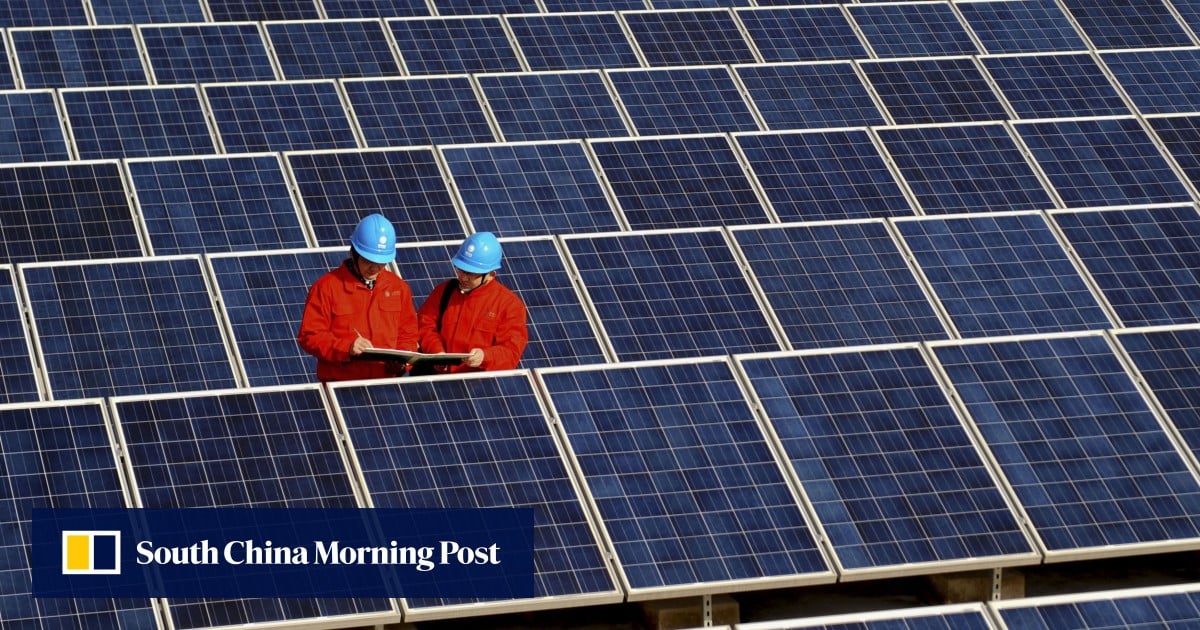The Bold Expansion of Chinese Solar and Energy-Storage Companies
Navigating Trade Tariffs
At the recent SNEC PV+ Photovoltaic Power Conference and Exhibition in Shanghai, it became abundantly clear that Chinese solar and energy-storage companies are determined to expand their reach beyond domestic borders. As global energy demands surge, these firms recognize that long-term survival hinges on their ability to localize production and diversify supply chains. Even in the face of mounting trade tariffs, these companies are unfazed, contemplating their expansion strategies aggressively.
Despite a temporary truce in the U.S.-China trade war, established tariffs remain a significant hurdle. Solar panel imports from China and Southeast Asia into the U.S. face staggering tariffs of up to 3,521%. The U.S. government’s rationale for these high levies lies in allegations of unfair trade practices, including state subsidies and dumping, which inhibit fair competition.
A Shift in Strategy
Gao Jifan, the chairman of Trina Solar, one of the world’s largest solar-panel manufacturers, articulated a pivotal shift in industry strategy. He noted, “The industry used to say that you either go overseas or exit the game.” However, current circumstances necessitate a change; it’s not just about exporting anymore. Companies must also focus on establishing local production facilities to mitigate the impact of tariffs.
This evolution in strategy reflects a broader trend where Chinese firms are adapting to the volatile international landscape. Approximately 80% of the existing overseas production capacity for solar wafers, cells, and modules from Chinese manufacturers is concentrated in Southeast Asia, according to S&P Global Commodity Insights. This concentration offers a practical way to circumvent some of the tariff-related challenges by producing closer to target markets.
Diversification in Production
As trade tensions escalate, Chinese solar manufacturers are increasingly diversifying their production bases. The current focus has shifted towards the Middle East and Africa, where firms are eyeing substantial growth potential in renewable energy markets. This is crucial not just for maintaining market presence but also for fostering relationships and alliances that can withstand geopolitical challenges.
The planned overseas capacity expansions reveal a strategic pivot. Where Southeast Asia has been a key area for current manufacturing, the future will see more robust investments in regions like the Middle East and Africa, as well as North America and Europe. This broad approach allows companies to tap into new markets while spreading risk across different geographic areas.
Uncertain Future of Tariffs
Despite the proactive strategies adopted by these companies, uncertainties surrounding trade policies loom large. He Lipeng, vice general manager at Qingdao Haier Energy Technology, expressed concern about the possible future of tariffs. With no clear direction on whether the tariffs will remain stable or escalate following the current 90-day pause, companies are left in a precarious position: high tariffs could render exports virtually impossible, severely impacting financial viability.
The stakes are particularly high now, especially if projections suggest an increase in tariffs to levels that could cripple export activities. As firms grapple with these uncertainties, their focus on local production exhibits a robust response strategy aimed at maintaining competitiveness in an ever-changing landscape.
The Future Landscape
Understanding the trajectory of the solar industry is essential, especially as nations worldwide strive for cleaner energy solutions. The expansion of Chinese solar and energy-storage companies serves not only as a business imperative but also as a reflection of the global shift towards renewable energy.
In the coming years, these companies are poised to play a critical role in the evolving energy ecosystem. The balance they strike between production localization and navigating trade complexities will determine their success, as well as their contribution to a more sustainable future. Only time will tell how effectively they can convert challenges into opportunities on the global stage.


